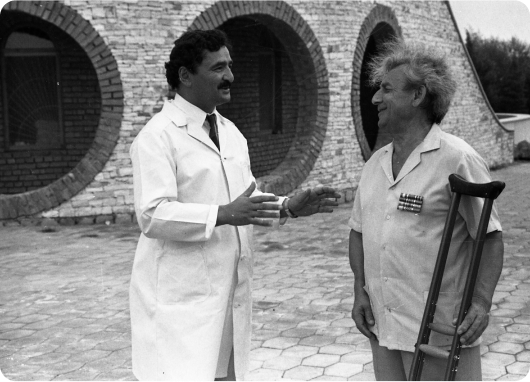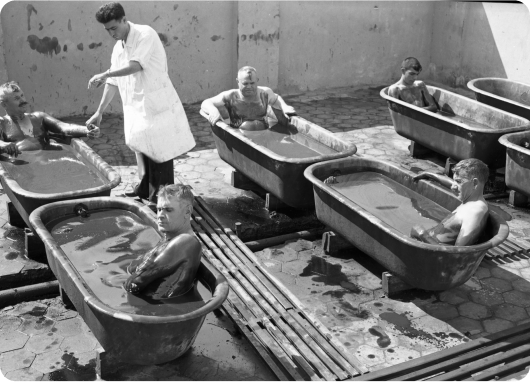"Magical ointment that helps against skin diseases"
It covers XII-XVIII centuries, when the earliest written reference to medicinal oil was made in the works of great Azerbaijani poet and thinker Nizami Ganjavi and Italian traveler Marco Polo. Passing through Azerbaijan during his travel from Venice to China in 1264, Marco Polo described giant ponds full of oil and referring to them as “magic ointment that helps to treat skin diseases”.
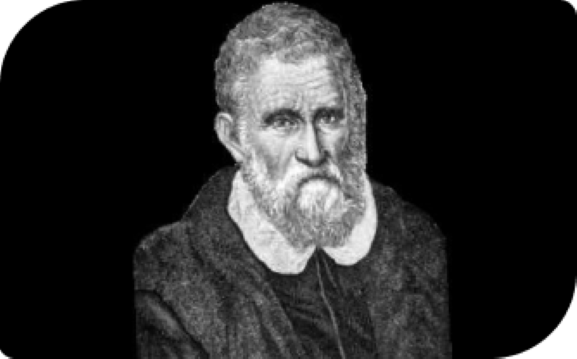
"Great Tatarstan"
He described what he saw and experienced while travelling in his treatise named “Great Tatarstan”. According to Marco Polo there is healing oil in the area of present-day Naftalan, and this oil is used in the treatment of skin diseases. In ancient times, thousands of people from different parts of Asia, as well as from far India, came to Azerbaijan to get free of various diseases, they took Naftalan oil here, and in their homeland they were treated and healed with this oil.
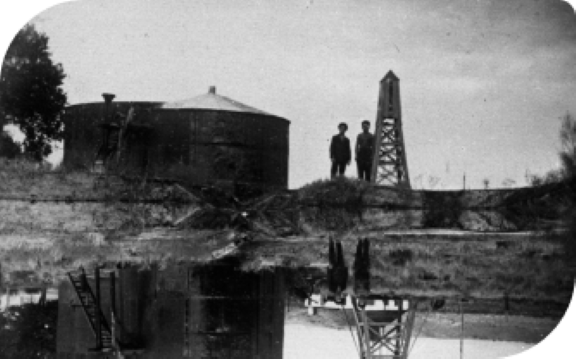
Yeger Period
This historical period can be referred to as the era of Yeger. This period covers the end of XIX century and the beginning of XX century. In 1873, a German engineer Yeager E.I. acquired a plot of land for oil production and drilled the first well in Naftalan. Yeger, who thought that he was bankrupt, was surprised that the oil was non-flammable.
Book of Reviews about Naftalan
Seeing the growing interest in Naftalan, Yeger closes the plant here and sends all the extracted Naftalan to Europe for the production of ointments, more precisely to Germany.
The ointments developed by Yeger were sent to various laboratories located in Europe for publication in the available medical literature of the results of their observations. In a short period of time, Yeger managed to collect about 600 reviews of doctors in Europe and America and publish a book of reviews about Naftalan in Dresden. This book was translated into Russian and published in Tbilisi in 1904.
Success story
Nevertheless, Yeager’s observation helped: he noticed that in the summer months, local residents and guests take therapeutic “baths” by diving into holes filled with petroleum-like liquid. The industrialist was able to turn his failure into a success story with it. ln 1980, he built a small factory for the preparation of naftalan ointments. The factory built for the production of medicinal ointment made the owner incredibly rich, actively exporting the products abroad. “Yeger ointment” is recommended as a miracle cure for many diseases was being done.
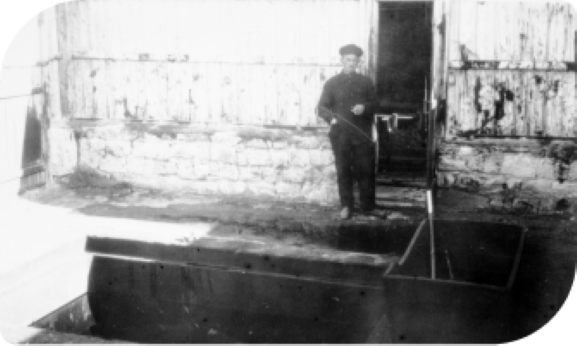
Naftalan oil in the international market
Produced creams and ointments were sold from Germany to Japan, the EU, the United Kingdom and other countries. Also, in those years two joint-stock companies producing medicines from Naftalan oil were operating in Germany: Magdeburg-Naftalan and Dresden-Naftalan. In 1899, Pharm Zeitung published 65 formulas on the use of Naftalan oil.
In 1899, the journal “Pharm Zeitung” published 65 formulas on the use of Naphthalan oil.
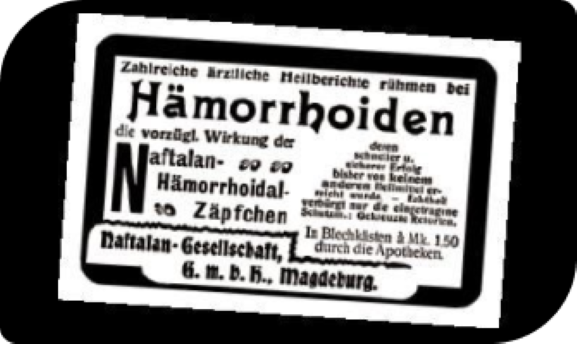
Naftalan oil medicine and cosmetology in the field
Naftalan oil was used not only for medical purposes, but also in cosmetology.
In 1900, various preparations made from Naftalan oil were used in beauty shops of Paris.
The first report on Naftalan oil in Russia was made in 1898 by doctor Rosenbaum at the Caucasus Medical Society. Rosenbaum used Naftalan for burns, acute and chronic eczema, seborrhea, psoriasis, wounds and sprains, rheumatic pains. During the First World War, every German and Japanese soldier had Naftalan ointment in the first aid kit to treat gunshot wounds and frostbite. The outbreak of World War I and emigration of the Germans ended the era of Yeger.
Commonwealth Health Resort
This historical period (1920 -1991) began with the establishment of Soviet power in Azerbaijan. Since 1926, a fundamental study of physical, chemical, geological, biological properties of Naftalan oil has been conducted. As a result of these studies, the first 25-bed seasonal sanatorium was opened in 1935, and in 1965 it was transformed into a 1,500-bed All-Union Health Resort.
Scientific-Research laboratory
In 1938, the Naftalan Experimental Laboratory was established at the Azerbaijan Scientific-Research Institute for Medical Rehabilitation and Treatment by Natural Means, and studies of biological and therapeutic effects of Naftalan oil were launched. In 1965, a research laboratory was established in Naftalan. In 1969, a 12-room “Vivarium” was
opened under this laboratory Monkeys, rabbits, mice and dogs were kept here for experimentation. Naftalan oil, its components, fractions, biochemical and histochemical activity of blood enzymes, levels of free amino acids in blood plasma, blood morphology and protein spectrum and internal histomorphology were investigated. As a result of the research carried out in the Azerbaijan ETTBI, it was confirmed that the iodine-bromine 0 water of the Naftalan field belongs to therapeutic waters with medium minerality (M=5-10 g/l) according to its chemical properties. has been done.
Benefits of Naftalan oil
Academician Mammadaliyev Y.Q., professors Pashayev T.H, Guliyeva S.A., Doctor of Medical Sciences Huseynov T.T. rendered great services in the study of Naftalan oil in Azerbaijan. During the Soviet period, the properties and chemical composition of Naftalan oil were studied, and more than 1,000 scientific research works were published. During World War II, in the evacuation hospitals in Azerbaijan and Baku, Sh. Hasanov’s Naftomastica medication was used to treat bullet wounds, traumatic arthritis, burns, frostbite. S.M. Tagiyev’s tests conducted on laboratory and agricultural animals have shown that Naftalan oil has a positive effect on the reproductive functions of animals. The results also show the role of Naftalan oil in the development of livestock farming and increase their productivity (meat, eggs) and its scientific and practical significance. The number of beds in 2300-bed Naftalan Resort Union, established in 1982, was increased to 3200 in 1987. Active construction of sanatoriums was launched after confirmation of the beneficial health properties of Naftalan oil. In general, all the construction, improvement and finishing works carried out in this period are linked with the name of the Great Leader Heydar Aliyev.
Naftalan sanatorium in the early XX century
During this period, resulting from the collapse of the USSR in the early 1990s, Armenia’s claiming Azerbaijan lands, and military aggression, number of visitors to the resort began to decline.

Refugees and IDPs forced to leave their native lands were accommodated in sanatoriums operating in Naftalan.
New stage
The first visit of our honorable President Mr. Ilham Aliyev to the city of Naftalan launched a new stage. The policy of the Government of Azerbaijan in the field of tourism, adoption of the Law of the Republic of Azerbaijan “On Natural Remedies, –Recreational Facilities and Resorts”, approval of the “State Program on Development of Resorts in Azerbaijan for 2009-2018” has led to a qualitatively new trend in the development of Naftalan, that is the establishment of private treatment centers and the provision of services to a higher level.
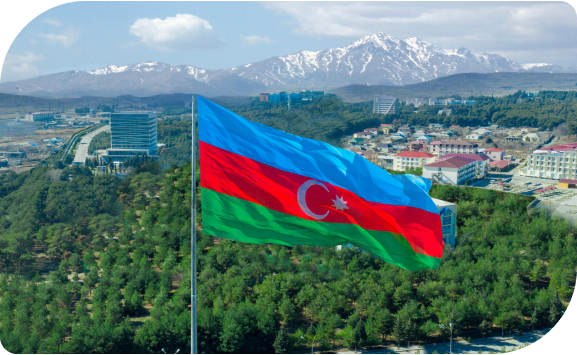
Once popular recreation and treatment centers in Naftalan are returning their glory in a more modern form. Thus, as a result of the opening of new hotels and treatment centers and increasing competitiveness, the number of local and foreign tourists visiting Naftalan is increasing every year, and the city has become an International Tourist Center.
